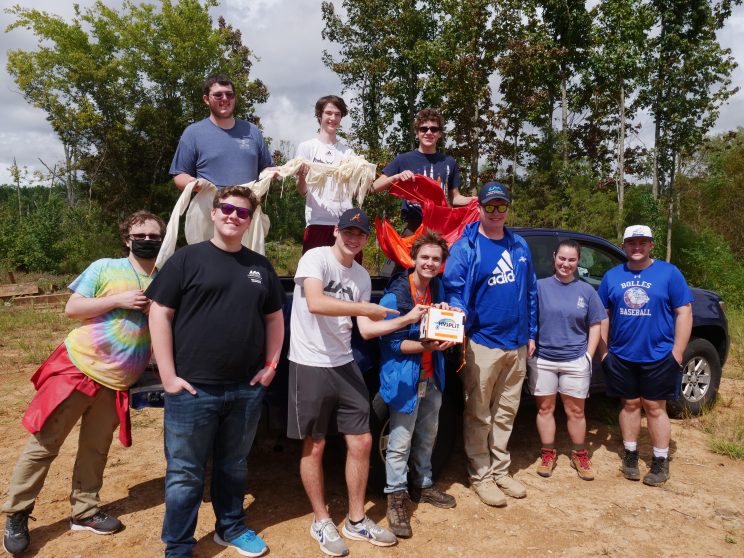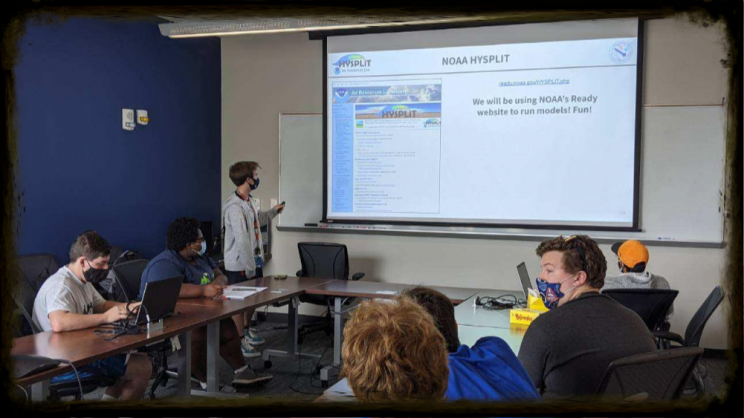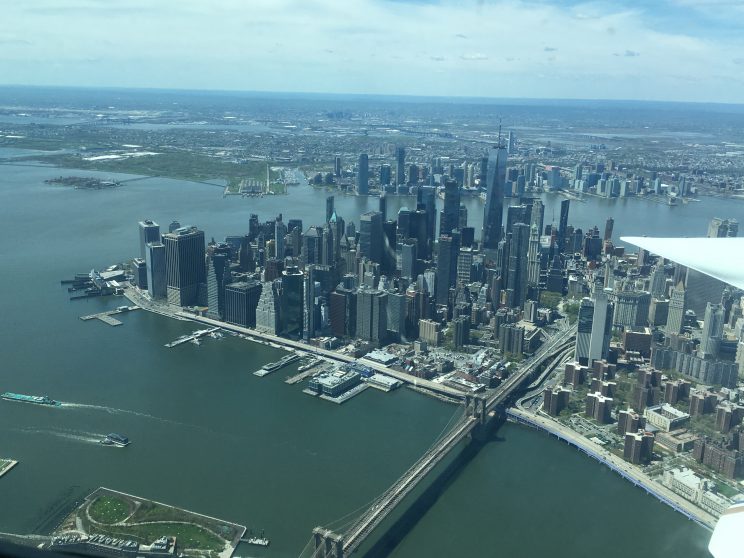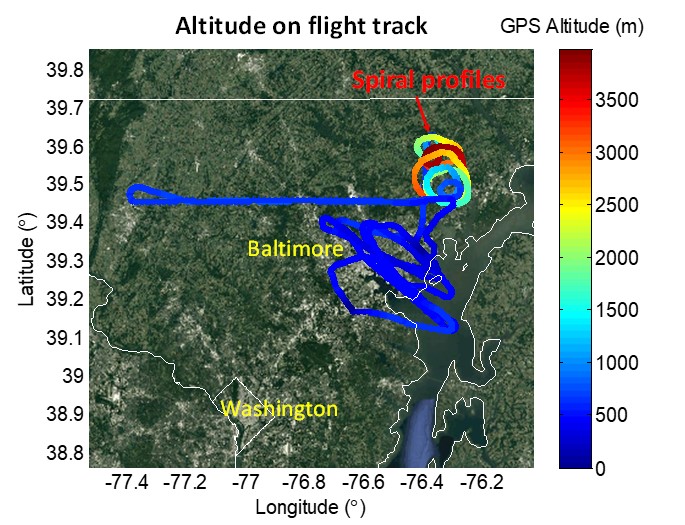ARL Weekly News – September 17, 2021
| Upcoming Field Campaigns |
Mercury Monitoring to Begin at Utqiagvik, Alaska Observatory.
On October 1, Paul Kelly and Winston Luke will travel to Utqiagvik (formerly Barrow), Alaska to install mercury detection equipment at NOAA’s Barrow baseline observatory, operated by ESRL’s Global Monitoring Laboratory (GML) in Boulder, Colorado. Installation of equipment at the Barrow observatory will further enhance the collaboration between GML and ARL, and add to mercury detection equipment currently operating at GML’s Mauna Loa Observatory (MLO) in Hawaii.
Mercury sequestered in the arctic tundra largely arises from the deposition of mercury released from nearly two centuries of coal combustion and other sources. Long-term observations are necessary to document changes and trends in atmospheric mercury concentrations owing to global climate change as well as emission reductions expected under the Minamata Convention on Mercury, a global treaty to protect human health and the environment from the adverse effects of mercury.
| Recent Events |
UAH Floating “Smart” Balloon Challenge uses HYSPLIT
The “Smart Balloon” challenge, designed by University of Alabama Huntsville students Todd Mckinney and Nick Perlaky, will have two teams of students designing and launching a stabilizing weather balloon payload. They will use HYSPLIT to predict where their balloons will go and help them decide which altitude to stabilize at. The photos show Todd giving an introduction to HYSPLIT and how to use web tools on HYSPLIT READY website. The Balloon Flight Forecasting tool is a key tool for this analysis, and the students will be using it extensively in the next few months.


National Postdoc Appreciation Week
National Postdoc Appreciation Week (September 20-24) recognizes the significant contributions that postdoctoral scholars make to U.S. research and discovery. ARL has benefitted from the expertise and energy of many early-career scholars over the years. We appreciate their contributions to advance NOAA’s mission. Some of the current early-careers scholars in ARL include:
- Dr. Nebila Lichiheb, Improving the prediction of hazardous material dispersion in an urban environment
- Dr. Travis (TJ) Schuyler, Utilizing small uncrewed aircraft systems (sUAS) for measurements in the lower boundary layer
- Dr. Gill-ran Jeong, improving emission modeling in regional and global atmospheric composition models
- Dr. Yunyao Li, atmospheric modeling research on biomass burning emission and wildfire air quality.
- Dr. Allison Ring, assessing a forecasting system for volcanic ash dispersion using NOAA’s HYSPLIT model, with meteorological ensembles and satellite data assimilation, to provide more accurate warnings for aircraft.
| Featured Publications |
Further coverage of the economic slowdown of 2019 and its effect on the environment (Impacts of the COVID-19 economic slowdown on ozone pollution in the U.S. by Campbell et al) is highlighted on the OAR research site. https://research.noaa.gov/article/ArtMID/587/ArticleID/2792



